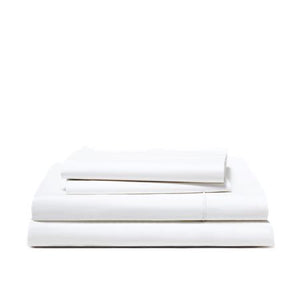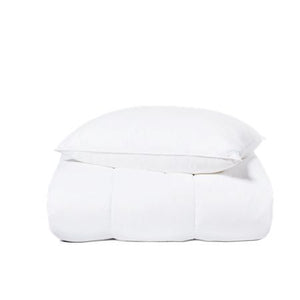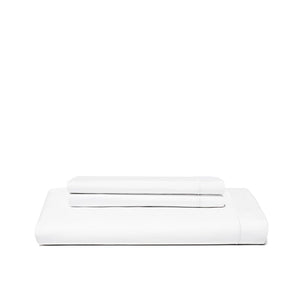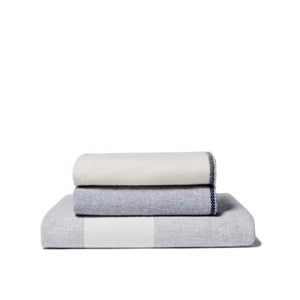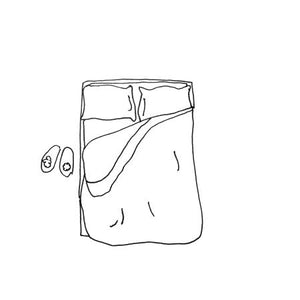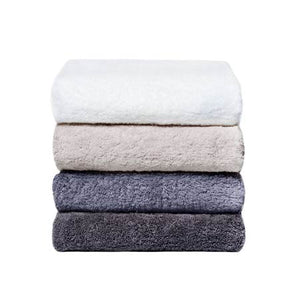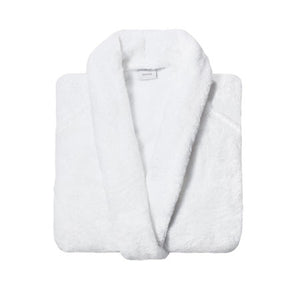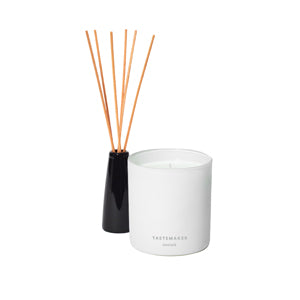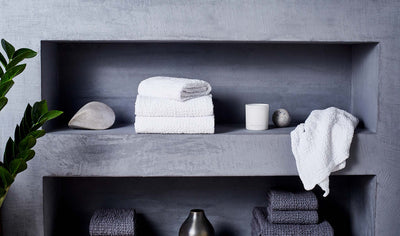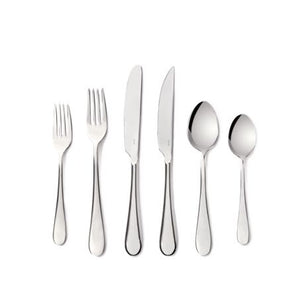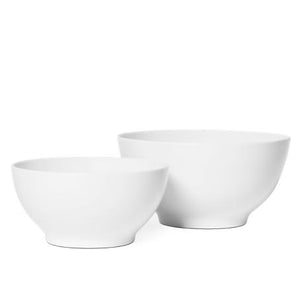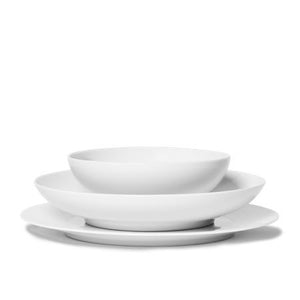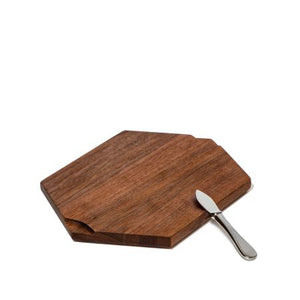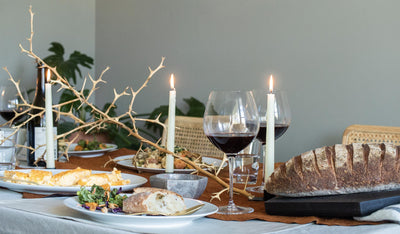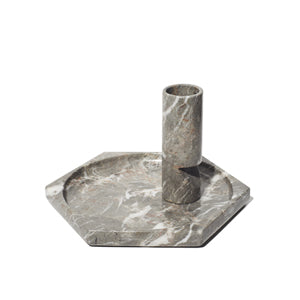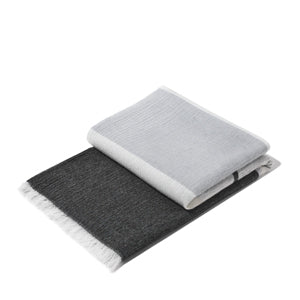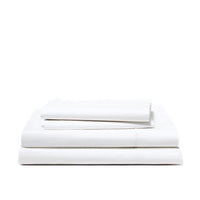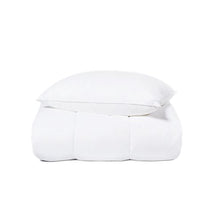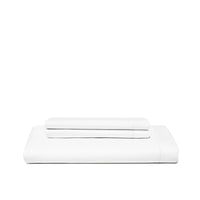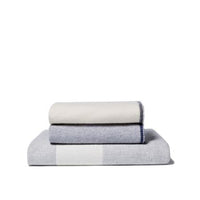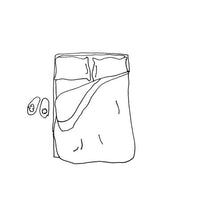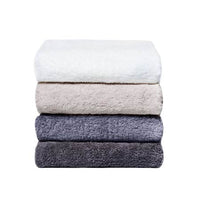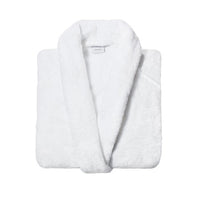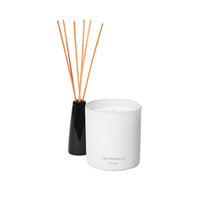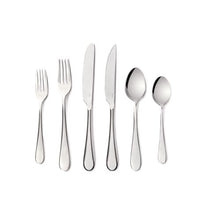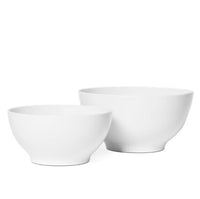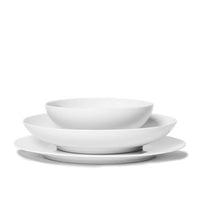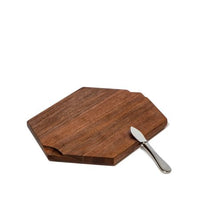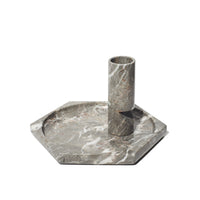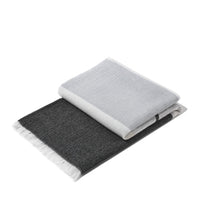Are you puzzled about which flatware to choose and why it matters? Understanding the types and quality of flatware can significantly enhance your dining experience.
Flatware includes utensils like knives, forks, and spoons used for dining. Choosing high-quality flatware can improve durability, aesthetics, and functionality. When selecting flatware for your table, consider the material, design, and balance.
Want to learn more about flatware and make an informed choice? Continue reading our blog and discover everything you need to know about flatware.
Understanding Flatware

Definition and Types
Flatware, or cutlery or silverware, refers to the utensils used for eating and serving food.
These utensils typically include forks, knives, spoons, and serving pieces such as ladles and serving spoons.
Flatware can be made from various materials, including stainless steel, silver, sterling silver, nickel, gold, copper, wood, bamboo, and plastic.
There are several types of flatware available in the market, including formal, casual, and specialty flatware.
Formal flatware is usually made of precious metals such as sterling silver and is used for special occasions.
Casual flatware, on the other hand, is made of stainless steel and is used for everyday dining.
Specialty flatware includes sets designed for specific cuisines and occasions, such as seafood or dessert.
Materials and Composition
Stainless steel is the most commonly used material for flatware.
It is made of a combination of chromium and nickel, which makes it highly durable, resistant to rust and corrosion, and easy to clean.
The numbers 18/10, 18/8, and 18/0 often indicate the composition of stainless steel flatware.
The first number represents the chromium content, while the second number represents the nickel content.
Silverware, on the other hand, is made of silver or silver-plated metal.
Sterling silver is the highest quality silverware and is made of 92.5% silver and 7.5% other metals such as copper.
It is more expensive than stainless steel flatware and requires more maintenance to prevent tarnishing.
Design and Style
Flatware comes in a variety of designs and styles to suit different preferences and occasions.
Some flatware sets feature elegant designs with intricate patterns and details, while others have a minimalist and modern look.
Matte black flatware has become increasingly popular in recent years and is often used to create a sleek and contemporary table setting.
When choosing flatware, consider the style and design that best suits your personal taste and the occasion.
Casual flatware is often simpler in design, while formal flatware may feature more elaborate patterns.
It is also important to consider the weight and feel of the flatware, as well as its durability and ease of maintenance.
Flatware Sets

When it comes to flatware, a set usually includes all the utensils needed for a complete place setting.
A typical flatware set includes forks, knives, and spoons, but some sets may also include serving utensils, such as a tablespoon or a salad fork.
Components of a Set
The number of pieces in a flatware set can vary, but a standard set usually includes 5 pieces per place setting: a dinner fork, a salad fork, a knife, a soup spoon, and a teaspoon.
Some sets may also include a dessert spoon or a serving utensil.
Sizing and Place Settings
When selecting a flatware set, it's important to consider the size and weight of the utensils.
The size of the utensils should be appropriate for the size of the plate and the size of the person using them.
A standard place setting includes one of each utensil, but some sets may include additional pieces for formal dining occasions.
Grading and Quality
Flatware is typically made from stainless steel, and the steel quality can vary.
The grade of the steel is determined by the amount of nickel and chromium content. The most common grades are 18/10, 18/8, and 18/0.
The higher the nickel and chromium content, the higher the quality of the flatware.
High-end flatware sets are typically made from 18/10 stainless steel, while lower-end sets may be made from 18/0 stainless steel.
Flatware Selection Criteria

When choosing flatware, there are a few key criteria that you should consider to ensure that you make the right choice. These criteria include durability and maintenance, design preferences, and budget considerations.
Durability and Maintenance
Durability is an important consideration when choosing flatware, as you want your utensils to last for a long time.
Look for flatware that is rust-resistant and corrosion-resistant and easy to clean.
Stainless steel is a popular choice for flatware because it is durable and easy to maintain.
When it comes to maintenance, you should also consider the handle of the flatware.
Look for flatware with handles that are comfortable to hold and easy to grip.
Flatware that is too heavy or too light can be uncomfortable to use, so find a weight that feels right for you.
Design Preferences
Design is another important consideration when choosing flatware.
Personal taste plays a big role in this decision, so choose a design that appeals to you.
Look for flatware that has a nice appearance and a good luster, and that has tines that are not too sharp.
Budget Considerations
Finally, budget is an important consideration when choosing flatware.
Look for affordable flatware that represents good value for your money.
While some sets can be quite expensive, keep in mind that flatware is an investment that you will use for many years to come.
Flatware Care and Maintenance

Taking proper care of your flatware is essential to ensure that it maintains its luster and pristine condition.
Whether your collection comprises stainless steel, silver-plated, or sterling silver, implementing the following care practices will help to preserve the beauty, functionality, and longevity of your flatware.
Cleaning Practices
Regular cleaning is necessary to keep your flatware looking its best.
Stainless steel flatware is generally easy to clean and maintain, while silver-plated and sterling silver flatware require more upkeep to keep them looking their best.
When cleaning your flatware, follow these practices:
- Always hand wash your flatware with a mild detergent and warm water. Avoid using harsh chemicals or abrasive cleaners, which can damage the finish of your flatware.
- If you prefer to use a dishwasher, make sure that your flatware is dishwasher-safe. Check the manufacturer's instructions before placing your flatware in the dishwasher.
- Dry your flatware thoroughly after washing to prevent water spots and tarnish.
Preventing and Removing Tarnish
Tarnish is a natural occurrence that can develop on silver-plated and sterling silver flatware over time.
To prevent tarnish from forming, follow these tips:
- Store your flatware in a dry, cool place. Avoid storing your flatware in humid or damp areas, which can accelerate tarnishing.
- Use anti-tarnish strips or bags to help prevent tarnish from forming.
- If tarnish does develop, use a specialized silver polish to remove it. Follow the instructions provided by the cleaner or polish.
Long-Term Storage
Proper storage is essential to keep your flatware in good condition for years to come. Here are some tips for long-term storage:
- Store your flatware in a felt-lined chest or drawer to protect it from scratches and damage.
- Avoid stacking your flatware on top of each other, as this can cause scratches and nicks.
- If you have silver-plated or sterling silver flatware, wrap each piece in acid-free tissue paper to prevent tarnish and damage.
Flatware for Various Occasions and Usage

Everyday vs. Special Occasions
There are two main types of flatware: everyday flatware and special occasion flatware.
Everyday flatware is designed for regular use and is usually made of durable materials such as stainless steel.
It is often sold in sets that include forks, knives, and spoons, as well as serving pieces such as serving spoons and ladles.
Special occasion flatware, on the other hand, is designed for more formal events such as weddings, holiday dinners, and other special occasions.
It is often more decorative and elegant than everyday flatware, and may be made of materials such as sterling silver or gold.
Special occasion flatware may also include additional serving pieces such as cake servers, butter knives, and sugar spoons.
Entertaining and Hosting
Whether you are hosting a dinner party or simply having friends over for a casual meal, the right flatware can help set the tone for the occasion.
For formal events, consider using special occasion flatware with an elegant design and a polished finish. For more casual occasions, everyday flatware with a simple design and a matte finish may be more appropriate.
When it comes to serving pieces, consider investing in a few key pieces such as a serving spoon, a ladle, and a cake server.
These pieces can be used for a variety of occasions and can help make serving and presenting food easier and more elegant.
Cultural and Traditional Significance
Flatware can also hold cultural and traditional significance.
For example, in some cultures, it is customary to eat with your hands instead of using utensils. In other cultures, certain foods may be eaten with specific utensils, such as chopsticks for sushi or a fork and knife for steak.
When hosting guests from different cultural backgrounds, it is important to be aware of their customs and traditions and to provide the appropriate utensils for their use.
This can help make your guests feel more comfortable and welcome and can also add to the overall experience of the meal.
Flatware Brands and Manufacturers

When it comes to flatware, there are many reputable brands to choose from.
Some of the most well-known brands include Oneida, Lenox, and Mikasa. These brands are known for their quality and durability, and they offer a wide range of styles and designs to suit any taste.
Reputable Brands
Other reputable brands include Portola, which offers forged flatware that is heavy and durable.
This brand also offers a coating that helps to prevent scratching and rusting.
Another brand to consider is Snowe, which offers high-quality flatware that is made from iron and coated with titanium.
This brand is a great investment for those who want to ensure that their flatware lasts for years to come.
Manufacturing Processes
When it comes to manufacturing processes, many different methods can be used to create flatware.
Some manufacturers use a stamping process, while others use a forging process.
Stamped flatware is typically less expensive but less durable than forged flatware. Forged flatware is heavier and more durable but also more expensive.
Choosing the Right Brand for You
When choosing a flatware brand, make sure to consider your personal taste and style.
Look for a brand that offers a wide range of styles and designs to choose from so you can find the perfect set to suit your needs.
You should also consider the quality of the flatware, as well as the manufacturing process used to create it.
Conclusion
Flatware is a crucial part of any dining experience, combining functionality with aesthetics. Whether you prefer the classic elegance of silver or the modern durability of stainless steel, there are options to suit any taste and occasion. Consider the material, weight, and design to find flatware that complements your style and enhances your meals.
By considering these factors and exploring the wide range of options available, you can find the perfect set of flatware to enhance your dining experience.
Explore our collection at Snowe Home to discover the perfect flatware for your table. Transform your dining experience today!
Frequently Asked Questions
What materials are commonly used to make flatware?
Flatware can be made from a variety of materials, including stainless steel, silver, gold, and even plastic.
Stainless steel is the most common material used for everyday flatware due to its durability, affordability, and resistance to corrosion.
What are the typical uses for flatware in dining settings?
Flatware is used to eat and serve food in dining settings.
It includes utensils such as forks, knives, and spoons, as well as serving utensils like ladles and serving spoons.
What items are included in a standard flatware set?
A standard flatware set typically includes a dinner fork, salad fork, dinner knife, teaspoon, and tablespoon.
Additional pieces may be included, such as serving spoons and butter knives.
How does flatware differ from silverware?
Flatware and silverware are often used interchangeably, but there is a difference between the two.
Silverware is made of silver or a silver-plated material, while flatware can be made of various materials, including stainless steel, silver, and gold.
